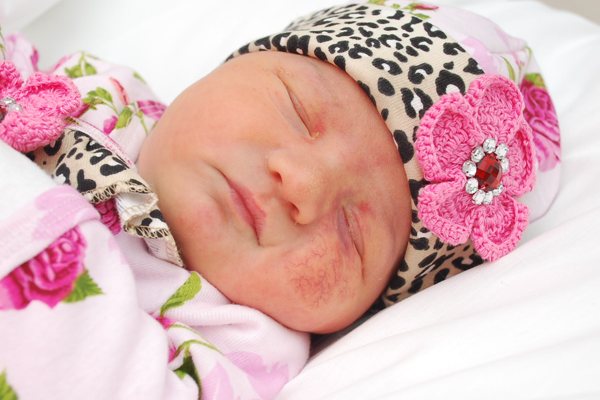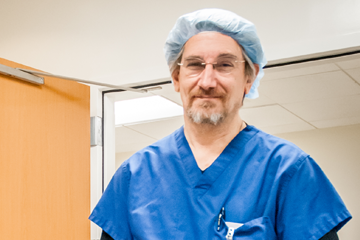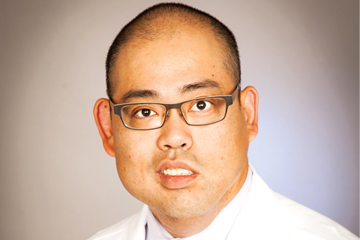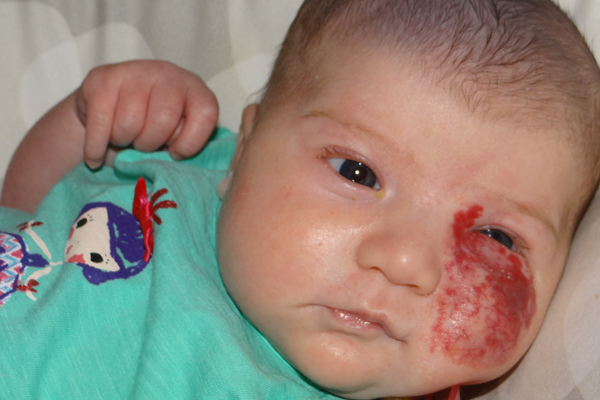What We Treat
Vascular anomalies are tumors or malformations caused by a defect in the vascular system, including arteries, veins, lymphatics and capillaries. They are very different for each child. Some children may only have one vascular anomaly, while others may have a combination of two or more. Some vascular anomalies are on the surface of the skin, while others reside below the skin and involve blood vessels and other organs. Some are cosmetic concerns, while other anomalies affect a function of the body like vision, breathing, eating or speaking. Most vascular anomalies are benign, while there is a risk of some being cancerous. The good news is that CHOC Vascular Anomalies Center has the expertise and experience necessary to treat all kinds of vascular anomalies, including:Vascular Tumors
- Hemangiomas (congenital and infantile)
- Kaposiform hemangioendothelioma (KHE)
- PHACE syndrome.
- Venous malformations
- Lymphatic malformations
- Capillary malformations —Port-wine stains —Klippel-Trenaunay syndrome —Sturge-Weber syndrome
- Arteriovenous malformations.

















